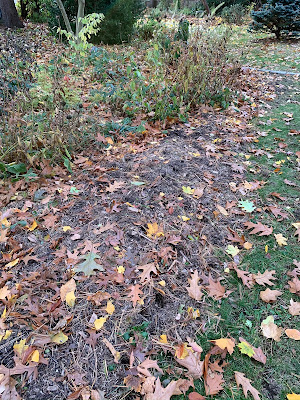 |
| House finch in the snow-photo Steve Ryan |
Christopher Leahy of Mass Audubon surmises that the idea that wild birds need food was promulgated in the late 19th century, when conservationists wanted the public to think kindly about birds and stop killing them to decorate ladies’ hats with their plumes.
 |
| Feathers in hats used to be de rigeur-photo Christies |
Now we Americans buy 3 billion pounds of food for wild birds annually. Leahy says it’s OK to fill your birdfeeders if you wish, as long as you understand that you’re doing it for your own amusement, not because the birds can’t get by without the food.
 |
| Backyard birds like this blue jay are fun to see up close-photo Frank Schulenburg |
I have to admit that was a letdown. I’m a feeder—one of those mothers who expresses love by preparing loved ones’ favorite dishes. So I easily convinced myself that birds needed my help. Hearing that habitat loss was affecting birds just added to my conviction. I’d hate to have to spend the winter outdoors, since I hate to be cold. Wouldn’t the birds feel the same way? And what could they be finding to eat?
 |
| Food is love |
Fortunately for the birds, they’ve evolved strategies to get through the winter, as I’d have realized if I’d thought about it. Leahy assures readers that birds aren’t freezing out there. They have insulating feathers. And they’re used to gathering provisions from their winter habitat.
 |
| Northern mockingbirds finds berries to eat-photo Matt MacGillivray |
What I can do for backyard birds, Leahy reminded me, is to imitate wild places when I plant and maintain my garden. He argues for messiness. I’m with him there. Thickets and tangles of tree branches provide shelter and protection for birds. Some birds can find insects in those piles of leaves I’ve left on the ground. Others eat fruit from native shrubs, trees and vines. Still others like to find flower heads gone to seed on stalks that haven’t been cut down. Hummingbirds collect nectar from trumpet-shaped flowers.
 |
| Hummingbird sipping nectar from cardinal flower |
Last summer I planted a cross-vine (Bignonia capreolata) for this very purpose: to provide nectar and pollen for hummingbirds and native insects. I read that this vine will grow vigorously, so I planted it against the garage where it can get at least a half day’s sun. I’m hoping that in a few years, the garage and a nearby pergola over the garden gate will be covered with the vine’s waxy leaves and orange flowers with yellow throats. Cross-vine is native farther south, so a winter cold snap could kill it to the ground, but I’m told it will recover fast and keep on blooming.
 |
| I hope my cross-vine will look this good-photo David J. Stang |
I’ve already got two trumpet honeysuckle vines (Lonicera sempervirens) that are growing strongly and producing trumpet-shaped flowers. A trumpetcreeper (Campsis radicans) promises to add some yellow trumpet flowers once it gets old enough to bloom. I hope last summer’s hummingbird will be back to claim these vines next year.
 | ||
| Trumpet honeysuckle |













































